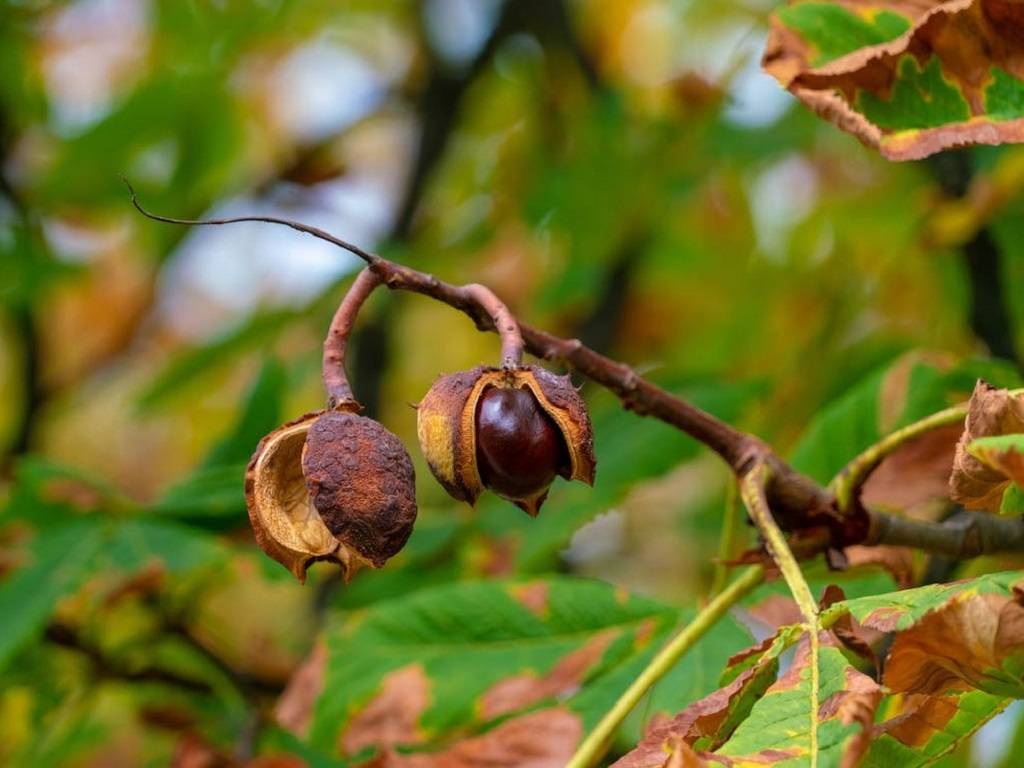
They taste delicious and have a somewhat sweet flavor. They are quite versatile and can be used in a variety of dishes, including salads, soups, and many others. There are several varieties of chestnuts, and they all share a lot of characteristics.
Nutritionists claim that the gallic and ellagic acids found in chestnuts may help control blood sugar levels and increase insulin sensitivity, making your cells more receptive to the hormone. Additionally, a good source of fiber like chestnuts can lessen the risk of blood sugar spikes.
Chestnuts offer anti-inflammatory effects that might be useful. They include anti-inflammatory compounds such as vitamin C, gallic acid, ellagic acid, and other polyphenols. Free radicals, one of the main causes of chronic inflammation, are neutralized by them.
Chestnuts are a fantastic source of fiber, which helps the digestive system work properly. Additionally, the fiber functions as a prebiotic, feeding the gut flora and assisting in the upkeep of a healthy gut and surrounding environment.
Chestnuts, a source of polyphenols including gallic and ellagic acid, may aid in preventing oxidative stress on the heart. The potassium in chestnuts is also beneficial for controlling blood pressure.
Chestnuts resemble fruits more than genuine nuts since they are low in fat and high in vitamin C. Before eating, the prickly husk and the dark brown shell must both be removed.
Chestnuts have been used as food for countless years. They can be combined with pastries or eaten raw, roasted, crushed into flour, or eaten raw. Many species in this group can live an impressive 500 years or more, and they are found on Castanea trees.
The Chinese chestnut, Japanese chestnut, European chestnut, and American chestnut are the four main species of the chestnut tree. The trees were formerly able to grow in a much smaller area before people started transplanting them; they are native to numerous locations throughout the world.
The American chestnut tree was once widespread in the eastern United States, but a fungus outbreak in the early 1900s nearly wiped it out. The majority of chestnuts sold in grocery stores today come from the Castanea sativa, also known as the European chestnut.
Health Advantages of eating chestnuts
Chestnuts stand out among nuts because of their high vitamin C content. You can get 35 to 45 percent of your recommended daily intake of vitamin C from half a cup of raw chestnuts.
When boiled or roasted, chestnuts lose part of their vitamin C content, but they still contain between 15 and 20 percent of your recommended daily amount. Chestnuts can be roasted at lower temperatures or dried in a food dehydrator to preserve more vitamin C during cooking.
Even after being cooked, chestnuts are a good source of antioxidants. They contain high levels of gallic acid and ellagic acid, two antioxidants whose content rises when cooked.
Additional health benefits of chestnuts
Support Heart Health
Your risk of cardiovascular problems like heart disease or stroke can be decreased with the aid of antioxidants and minerals like magnesium and potassium. These nutrients can improve your heart health, and chestnuts are a rich source of them.
Boost Digestion
Chestnuts might also aid in bettering your digestive system. These nuts are a good source of fiber, which promotes regularity and the development of good bacteria in your digestive system. Additionally, gluten-free, chestnuts are a good option for those with celiac disease.
Control Blood Sugar
Chestnut fiber can assist in maintaining a healthy blood sugar level. Consuming foods high in fiber helps your body absorb carbs gradually. This aids in preventing blood sugar spikes, which are risky for diabetics. Additionally, chestnuts have a low 54 glycemic index rating. When you eat foods with a lower glycemic index rating, your blood sugar levels won't be significantly affected.
Nutrition
Compared to many other varieties of nuts, chestnuts have fewer calories. They are a good source of phenols, vitamin C, monounsaturated fatty acids, amino acids, and antioxidants.
You'll also find a variety of vitamins and minerals in chestnuts, such as:
- Vitamin C
- Vitamin E
- Vitamin A
- Vitamin B complex
- Calcium
- Magnesium
- Zinc
- Iron
- Copper
- Manganese
Things to watch out for
Most people can safely eat raw chestnuts. They do, however, contain tannic acid, which means that if you have liver disease or frequently encounter renal difficulties, they could irritate your stomach, make you sick, or harm your liver.
You might prefer to roast the chestnuts before eating them because raw ones contain a lot of bitter tannins. This makes them sweeter and increases the amount of sugar in them.
















